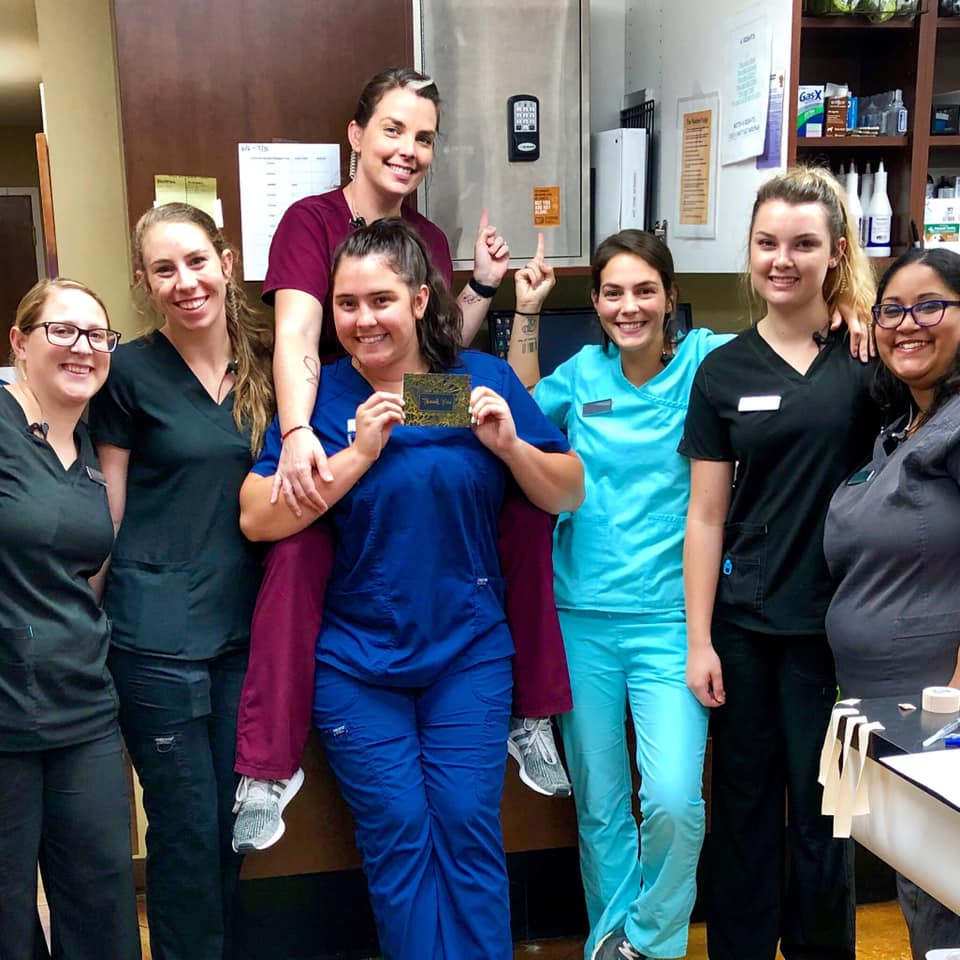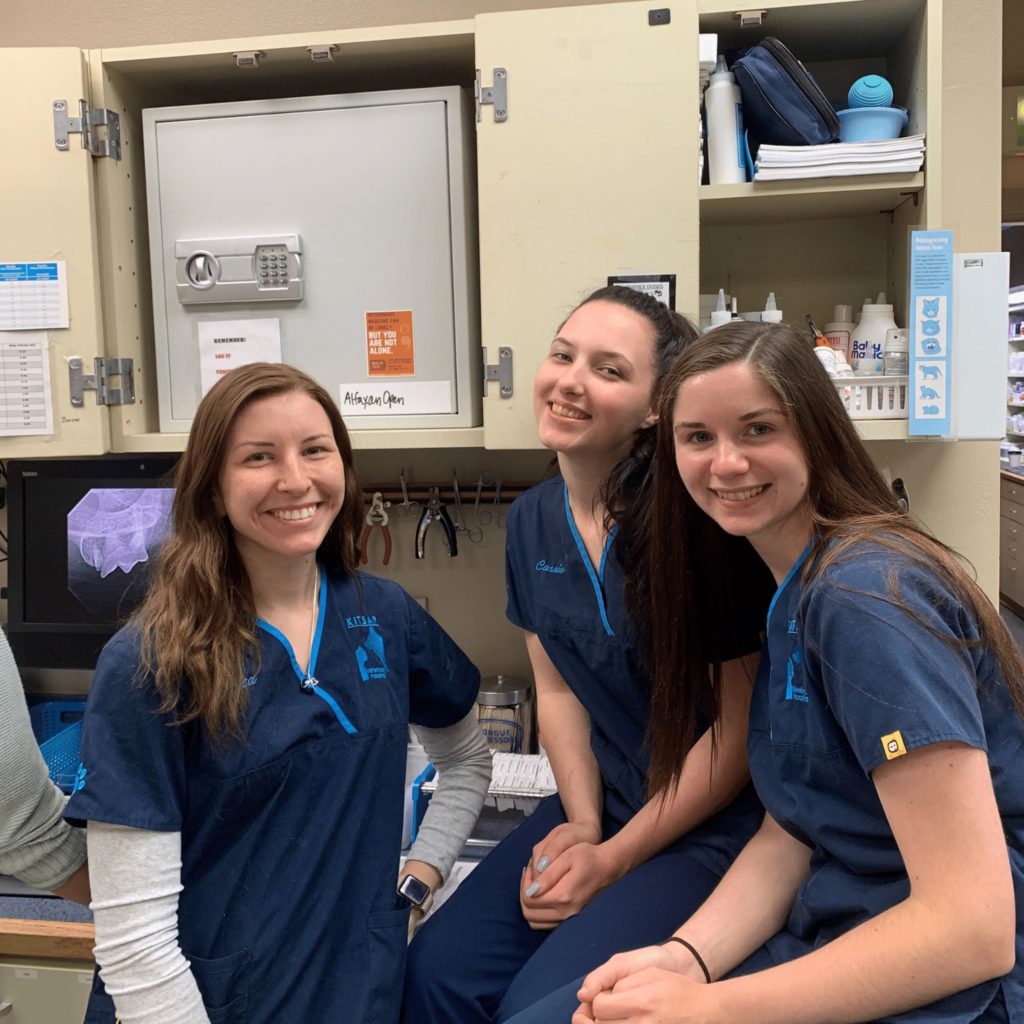
Suicide in veterinary medicine is rampant, and one of the two most common means of suicide among veterinarians is pharmaceutical poisoning1. In cases where suicide is an impulsive decision [in one study, 48% of suicide attempt survivors said they made an attempt within 10 minutes of making the suicide decision2], restricting access to lethal medications so that they cannot be accessed quickly or privately by a single person will save lives. “Four-eyes” systems (i.e., systems that require two people to access lethal medications) are the norm in human healthcare, inexpensive and quick to implement, and have the added benefit of reducing the risk of opioid addiction and drug diversion within veterinary clinics.
The most common criticism of “four-eyes” drug restriction (aside from the obvious problem of utilizing a system requiring two people in practices where one veterinarian works alone), is that it does not address the underlying causes of suicide — and thus it is useless. Let me say that I agree with the first part of this assertion as completely as I disagree with the second.
It’s true that restricting access to lethal drugs doesn’t address ongoing problems like low pay, high debt, compassion fatigue, long hours, work overload or poor work-life balance. Suicide in veterinary medicine is a complex, multi-factorial, individual-specific problem. Initiatives to address its underlying components have been underway for years with varying amounts of success, and yes, we must keep striving to solve each of these issues if we want to save lives. Absolutely.
Four-eyes systems are not intended to address these underlying causes. Rather, they focus on another key moment where lives can be saved — interrupting the pharmaceutical poisoning suicide process. While we work on eliminating the root causes of suicide, four-eyes systems allow us to do something else in addition: to save some lives right now.

Of course, I’m realistic enough to know that four-eyes systems are not perfect by any stretch and may not be able to make a difference in every case — or even in the majority of cases. They are not a panacea for ending suicide. However, they offer a clear, cause-neutral action step that can be taken by practices AND used in coordination with any and all efforts to address underlying causes. If there are multiple approaches to preventing the deaths of our colleagues, why wouldn’t we use them all?
Restricting access to lethal drugs does not, in any way, prevent us from researching or addressing the mental illness in our profession. Instead, it stimulates discussion within practices and works as one part of a multi-modal treatment strategy that our profession must continue to develop to truly turn the tide of suicide among veterinary professionals.
Compare using four-eyes systems, if you will, to wearing a seat belt. Seat belts do not solve the underlying causes of auto accidents, but we wear them because horrible accidents do happen, and we want to improve the chances of survival for ourselves and our loved ones. At the same time, we can agree that it’s imperative to continue research into building safer cars, reducing collisions, and preventing people from texting while driving.

The same logic applies here. Restricting access to lethal medications does not solve the underlying causes of depression and mental illness in our profession. It does, however, increase the chances of someone we care about living until we can get them the help they need. This isn’t about “or.” It’s about “and.”
The path to a better, healthier profession isn’t a short or easy one. We must continue to address the underlying causes of mental illness in this profession. Those who have ideas about ways to do this should take action, with the rest of us offering support as we are able. Meanwhile, we need to be willing to make simple, lifesaving changes, even if no single action will solve every problem.
- //avmajournals.avma.org/doi/full/10.2460/javma.254.1.104?rel=0&
- Suicide prevention by limiting access to methods: A review of theory and practice – Julia Buus Florentine, Catherine Crane – Social Science & Medicine 70 (2010) 1626–1632
The topic of suicide is a potential trigger for those struggling with feelings of guilt after the loss of a friend, colleague or loved one. If you are experiencing these emotions, please reach out for support. You may also find related resources here.
The views and opinions expressed in this article are those of the author and do not necessarily reflect the position of the DrAndyRoark.com editorial team.